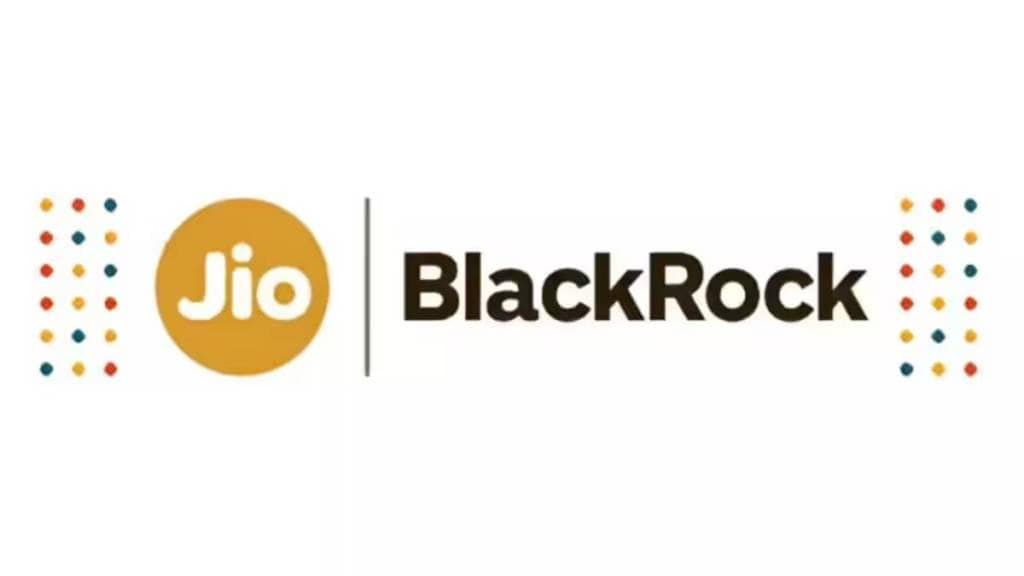As Jio BlackRock MF‘s first active NFO opened on Tuesday, CIO Rishi Kohli tells Ananya Grover in an interview that he is hoping this to generate more funds than index and money market products launched earlier. Excerpts:
How much flows are you expecting in the flexicap scheme, given that many established players already have these? In what areas are you planning to launch funds going ahead?
We are testing out a lot of channels. Our own website went live in the last few days. Before that, it was just apps like Jio Finance, MyJio and a lot of digital partners like Zerodha and Groww. These will give us an understanding on which of these channels is helping how much. Earlier, we launched passive and cash funds where retail participation is typically lesser, still we got decent flows, we are hoping that increases further. Once we see how these elements play out, we will have a better sense for future active funds. We hope to do much better than index NFOs. Over the next year, the launches will be a mix of everything. We want to have products in each of the categories across passive and active, but obviously active is exciting over the near term because we have just started.
Is innovation capped on the active side due to Sebi’s categorisation rules?
For us, each of the categories is open and we will have a systematic approach in each of them. Some of the basic elements such as lower risk and consistent alpha will be there with most of the offerings, but the exact constructs will be different.
Market has been in the consolidation phase. Do you see any impact on flows if this continues?
Largely, the story has been about domestic SIP flows. In January-February, when markets fell, they had stagnated for one or two months. SIPs are small amounts coming from people who have joined the markets over the last 5-6 years. They have seen good markets and have got into the habit of doing SIPs. It is a trend here to stay, large falls will obviously lead to slow or dampen flows a little bit as we saw, but a lot of it is long-term, so I think it does not get affected much. Even in August-September last year, people were saying that market cannot fall more than 10% because of the SIP flows, but the indices did decline 15%. So, SIP flows do not stop all falls, declines just become shallower than they used to be 15-20 years back.
Has it become difficult for fund managers to create the alpha in the current environment?
Data from both India and global markets show that 60-70% of funds over more than a five-year period do underperform the index. India as a market has become more matured, more funds are coming in, the number of managers outperforming has become lower, almost in line with global standards. Going ahead, the differentiators will be technology, data and new sources of alpha.
What is your take on SIFs and what categories are you eyeing?
This will be a more tax-efficient structure. That is a good thing. The negative is that there is no leverage, there is a limitation of shorting. So, I have a mixed view on their attractiveness over the short term. Over time, I am sure there will be innovation in that segment. As there is equity, hybrid and fixed income, there is room to play around to create some interesting risk-reward structures. In the long run, we would want to have products in all of these categories. But, one needs to be careful about what underlying strategies to combine, because no strategy will give 9-10% with very limited risk. If Sebi decides to do away with weekly options, it just reduces the alpha opportunities in those kind of products.

